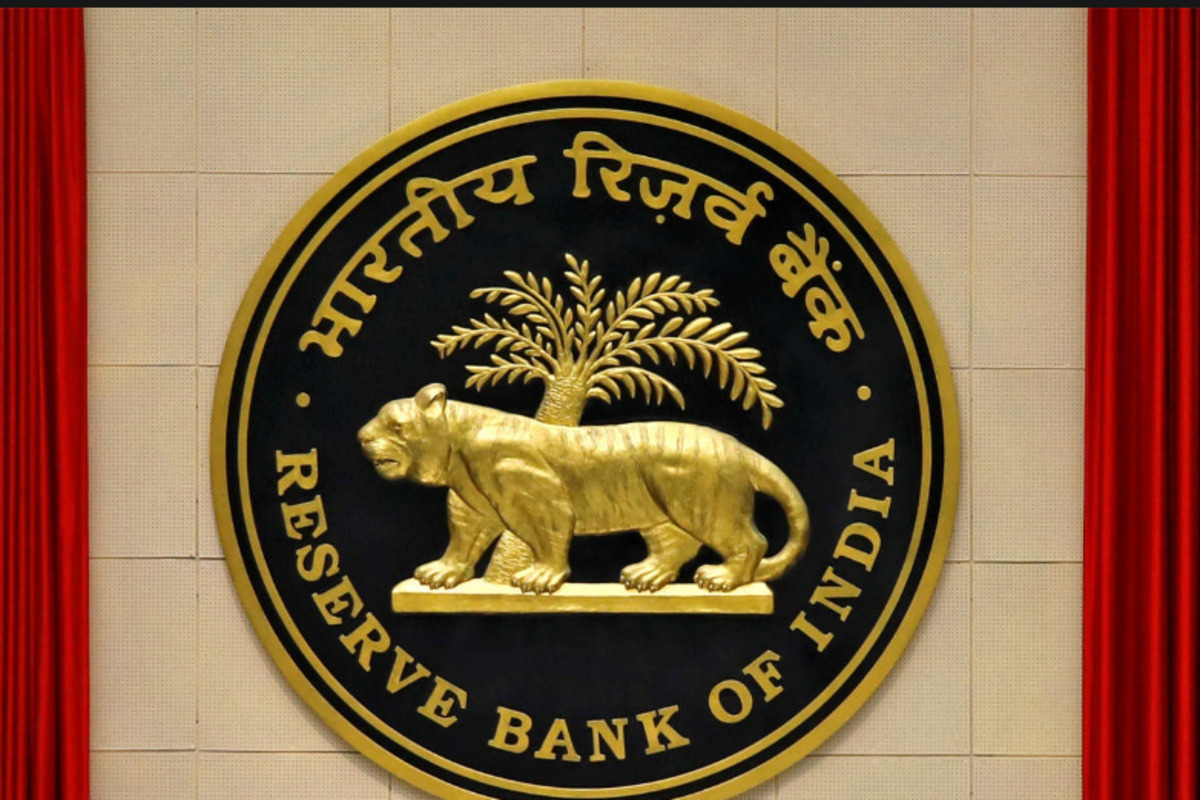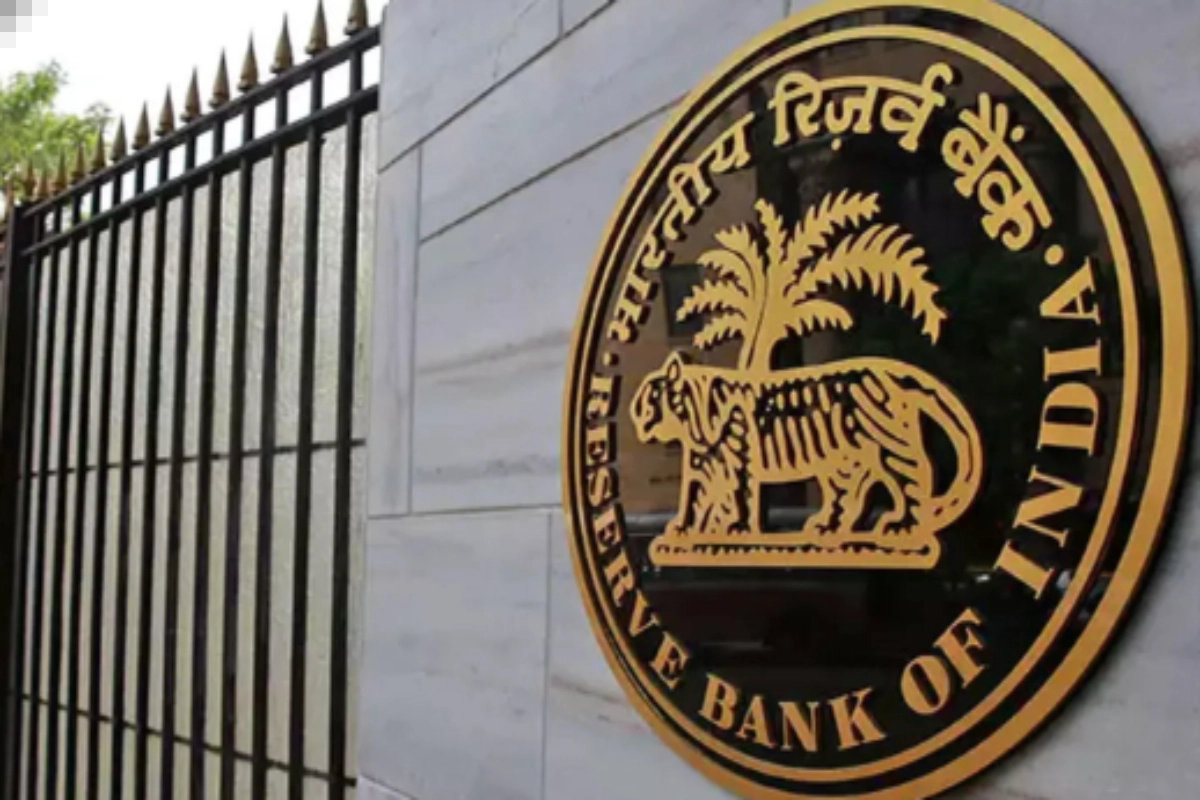RBI Monetary Policy Committee (MPC):At its December Monetary Policy Committee (MOC) meeting, the Reserve Bank of India (RBI) raised the repo rate by 35 basis points to 6.25.
RBI increases the repo rate by 35 basis points to 6.25 percent in its December MPC meeting
The latest hike of repo rates will impact existing and retail loan borrowers with floating interest rates. For FY 23 , Monetary Planning Committee (MPC) has the repo rate by 190 bps: 40 bps in May and 50 bps each in June, August and September.
The rate hike will have an adverse impact on home sales. However, there is less traction among buyers and they are looking forward to buy home for their self-use and are not buying it for investment purpose.
The RBI’s increase in the repo rate will result in higher borrowing costs for retail loans and other loans from other banks.
Who will be affected
New borrowers will be particularly affected by an increase in interest rates as existing borrowers are typically unaffected because the change in rate only applies to future borrowings. As an alternative, borrowers can think about prepayment in order to reduce the cost of escalating interest.
The rate hike to have an adverse impact on home sales
What should Home Loan Borrowers do
The existing home loan borrower can either increase their monthly instalment (EMI) or loan term to lessen the effects of rising interest rates.
Old Borrowers
When interest rates are raised, current house loan borrowers should choose the EMI increase option with the lenders’ approval. Less interest would be paid if you chose the EMI increase option rather than the tenure increase option.
New Borrowers
When considering a house purchase, borrowers should never base their choice on trends in policy rate movements. A home loan borrower will experience multiple interest rate cycle reversals during the course of his loan because home loans are typically long-term loans.
Rate Hike to cause Short Term Turbulence in Housing Demand
The continuous rate hikes is leading to short-term turbulence in the overall housing demand and it will add to buyers overall acquisition costs.
The end-user market has been the main driver of the real estate sector’s gradual recovery; however, persistent rate hikes may have an effect on the interest rate-sensitive sector.












